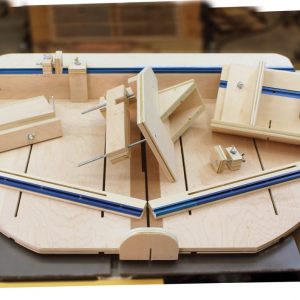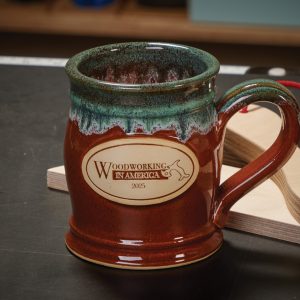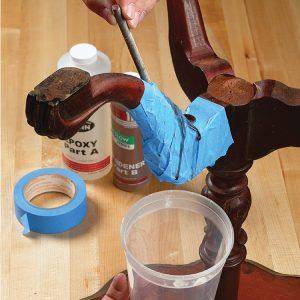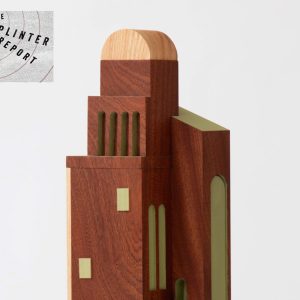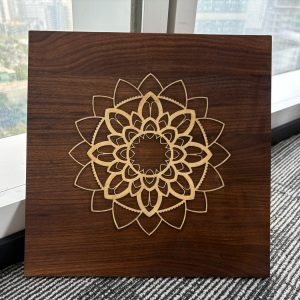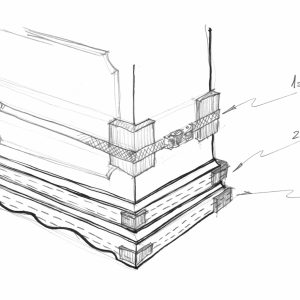We may receive a commission when you use our affiliate links. However, this does not impact our recommendations.
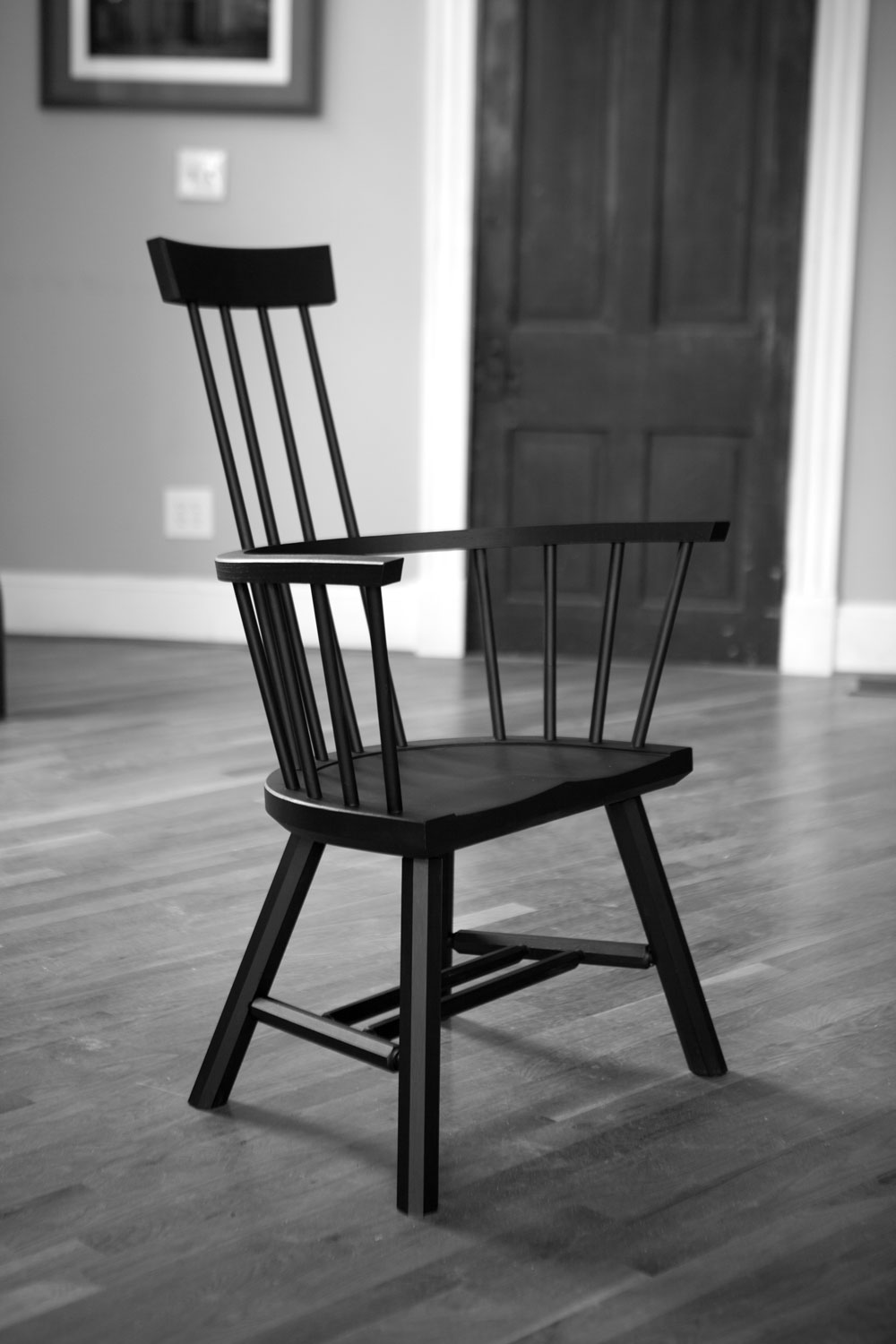
Every time I read John Brown’s book “Welsh Stick Chairs,” I latch onto something different.
When I read the book for the first time in the mid-1990s, I became obsessed with the Welsh stick chair’s form (and I remain so to this day).
After a few more readings, I became obsessed with the history of Windsor chairs and wondered if JB was right that the origin of American and Welsh Windsor chairs was actually a Welsh (or at least a vernacular) form.
And now, 18 years after the book was first published and almost 10 years after John Brown’s death, I am deeply indebted to his way of looking at the process of chairbuilding.
What is that process? Here’s a taste.
At no time have I ever made a drawing. Each chair is a new canvas, and an adventure. I can tell you nothing of degrees or feet and inches, there’s enough of that elsewhere. How could I maintain the joy and excitement if I worked to plans? I’ll leave that to the factory and use my eyeball.
This short passage (and a few other similar ones in the book) gave me permission to go astray of maps. For the first 10 years as a woodworker, I was the altar boy of graph paper, CAD and drawing out everything full-size before I even thought about picking up a tool.
And even today, when I work for commercial clients who bring me sheets of drawings, I respect those as holy writ. I work to the print.
But when I build a single chair for an individual, I’ll be danged if I’m going to do much more than take some measurements of the client, ask them what they like and then feel my way through the project as I go.
This unscientific method requires the trust of the client (or not, I can always sell the chair to someone else). And it involves a lot of staring blankly at my parts and assemblies as I move forward. It requires me to talk to my materials. I recently had a set of spindles that insisted on being 24” tall instead of 27”. I’m glad I listened.
When I work “to the print,” I need to leave my judgment and critical eye in my lunch pail. I simply have to do what the drawing says – whether I made the drawing or an architect did. But when I don’t have a drawing, that forces me to evaluate my parts and assemblies at every stage. If I don’t have a drawing, then it’s easy to change direction.
If I sound like I’m telling you to throw away your scaled drawings, I’m not being clear. I think you need to be able to produce, read and strictly follow drawings. These drawings are the “rules of the road” when you are driving 70 miles an hour and need to get a certain place at a certain time for a certain customer.
But when you stop the truck (or lorry) and stumble down the interstate’s embankment to pick your way slowly to your destination, then your GPS isn’t going to help you. You need to trust your eyeball.
— Christopher Schwarz
If you are interested in Welsh stick chairs, check out Don Weber’s excellent video on the topic.
Here are some supplies and tools we find essential in our everyday work around the shop. We may receive a commission from sales referred by our links; however, we have carefully selected these products for their usefulness and quality.






